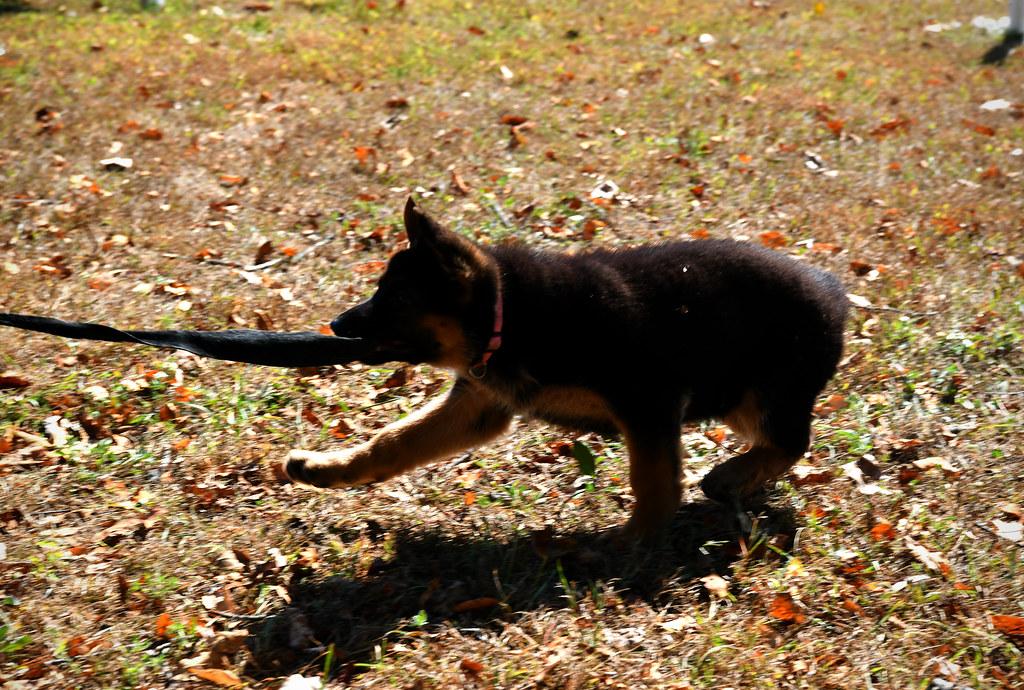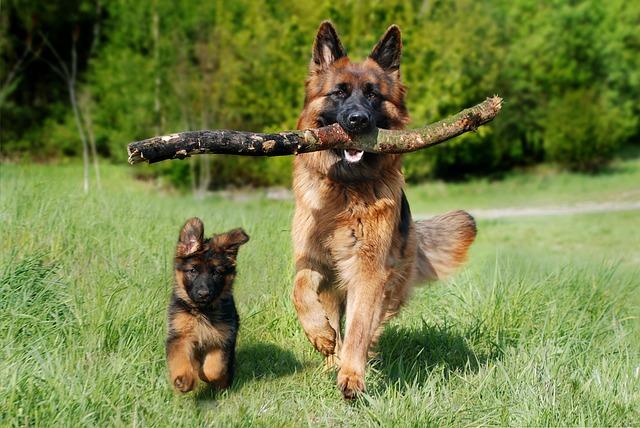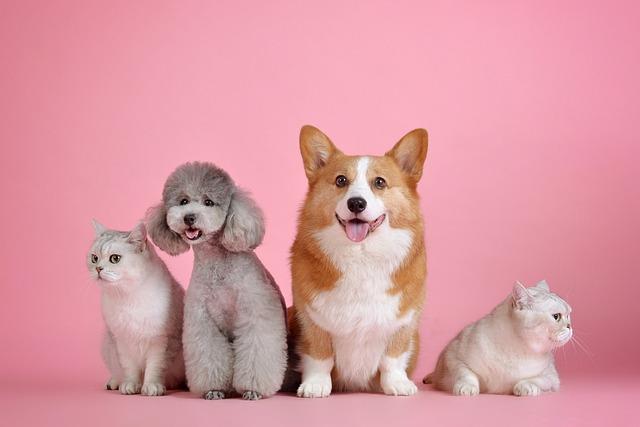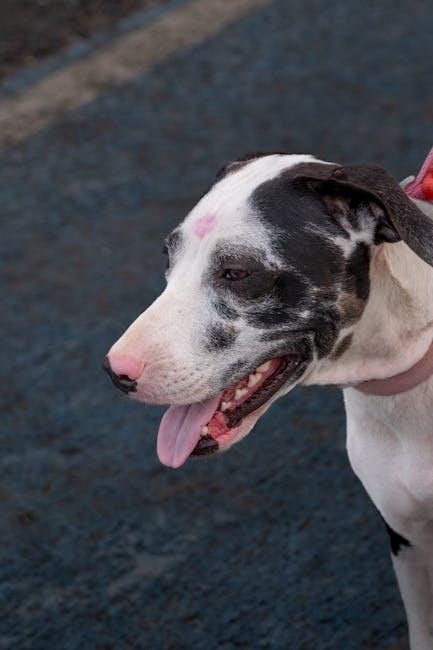Introducing your dog to the diverse world of animal friendships can be a rewarding journey, both for you and your furry companion. Whether you’re a new pet parent or an experienced dog owner, understanding how to effectively socialize your dog with other animals is crucial for their development and well-being. In this guide, we will explore practical strategies and gentle techniques to help your dog become a confident and friendly member of the animal kingdom. With patience, consistency, and a little bit of love, you can foster positive interactions that will enrich your dog’s life and yours. Let’s embark on this heartwarming adventure to nurture harmony and companionship between your beloved pet and their new animal friends.
Understanding Your Dog’s Temperament
Understanding your dog’s temperament is essential in ensuring a smooth socialization process. Each dog has a unique personality, influenced by breed, age, and past experiences. Some dogs may be naturally outgoing and eager to meet other animals, while others might be more reserved or even anxious. Recognizing these traits can help you tailor your approach to socialization, making the experience positive for your furry friend.
- Observe their behavior: Notice how your dog reacts to new situations and animals. Are they curious, cautious, or overly excited?
- Respect their pace: Forcing interactions can lead to stress. Allow your dog to approach new animals at their own speed.
- Positive reinforcement: Use treats and praise to reward calm and friendly behavior, reinforcing their confidence in social settings.
By tuning into your dog’s temperament, you can foster a nurturing environment that encourages healthy interactions with other animals, building a well-adjusted and sociable pet.

Creating Positive First Encounters
To ensure your dog’s first interactions with other animals are positive, it’s crucial to set the stage for success. Begin by choosing a calm and controlled environment where your dog feels safe. Avoid busy parks or crowded areas during these initial encounters, as they can overwhelm your pet. Instead, consider a quiet backyard or a friend’s garden where both animals can meet on neutral ground. Remember, the goal is to create a serene setting where curiosity can naturally unfold without the pressure of a bustling environment.
- Observe Body Language: Keep a close eye on both animals’ body language. Look for signs of relaxation, like wagging tails or loose body postures, and be prepared to intervene if either animal shows signs of stress or aggression.
- Use Positive Reinforcement: Reward calm and friendly behavior with treats and praise. This helps your dog associate meeting new animals with positive experiences.
- Short and Sweet: Keep the initial meetings brief to prevent overstimulation. Gradually increase the time spent together as both animals become more comfortable with each other.

Building Confidence with Controlled Socialization
Introducing your dog to other animals can be a delightful experience when done with care and patience. One of the key aspects to consider is fostering a sense of security and assurance in your furry friend through controlled socialization. Begin by creating a safe environment where your dog can observe other animals without feeling overwhelmed. This can be achieved by maintaining a respectful distance and gradually decreasing it as your dog becomes more comfortable.
- Start Small: Introduce your dog to one animal at a time to avoid overstimulation.
- Use Positive Reinforcement: Reward your dog with treats or praise when they display calm behavior around other animals.
- Monitor Body Language: Pay close attention to your dog’s signals. If they appear anxious, take a step back and give them time to adjust.
- Set Short Sessions: Keep initial interactions brief and gradually extend the duration as your dog gains confidence.
Remember, every dog is unique, and what works for one might not work for another. The goal is to ensure your pet feels safe and secure, enabling them to interact positively with other animals. This process not only builds confidence but also strengthens the bond between you and your dog, paving the way for a harmonious social life.

Reinforcing Good Behavior and Handling Setbacks
When introducing your dog to other animals, it’s crucial to acknowledge and reward positive interactions. Celebrate their successes with treats, verbal praise, or a favorite toy. Positive reinforcement helps your dog associate good behavior with rewards, encouraging them to repeat it in future interactions. Consistency is key—reinforce good behavior every time it occurs, so your dog understands what is expected.
Even with careful planning, setbacks can happen. If your dog exhibits unwanted behavior, stay calm and redirect their attention to a more positive action. Avoid punishment, as it can create fear and hinder socialization progress. Instead, focus on these strategies:
- Remove your dog from the situation to prevent escalation and allow them to calm down.
- Revisit training basics to reinforce commands and ensure your dog understands expectations.
- Seek professional guidance if challenges persist, as a trainer can provide tailored advice and support.
Remember, patience and understanding are your allies in helping your dog navigate socialization successfully.

